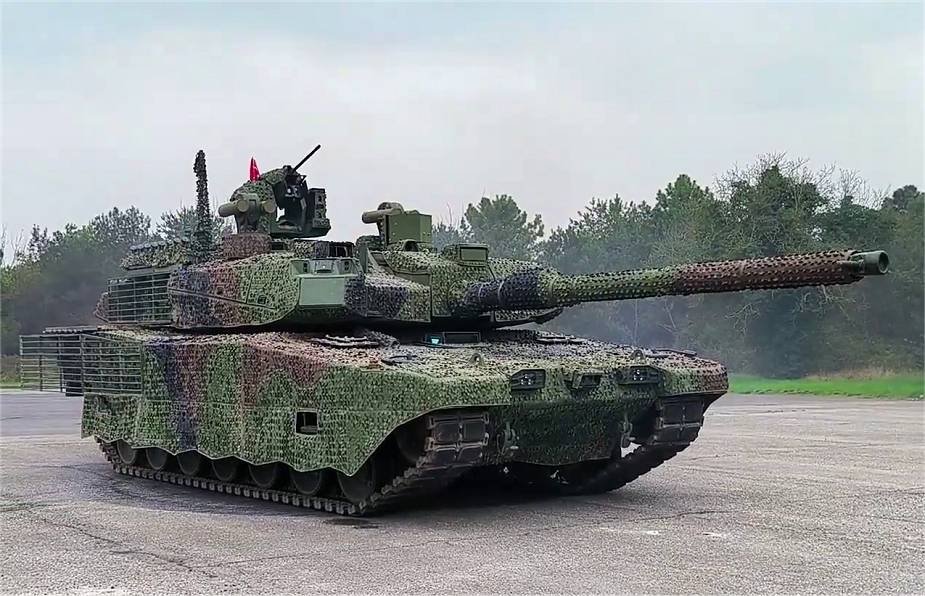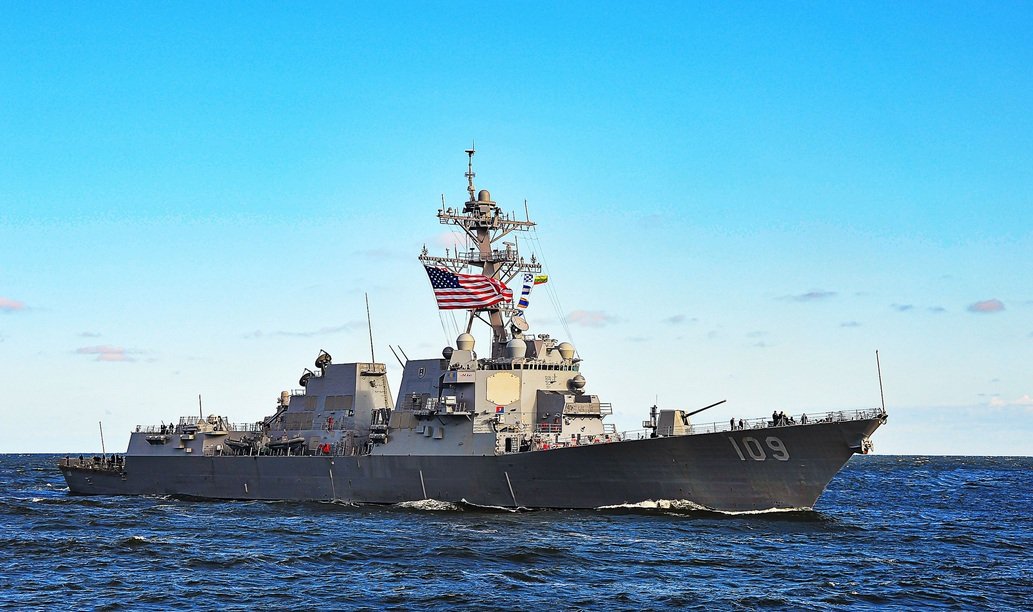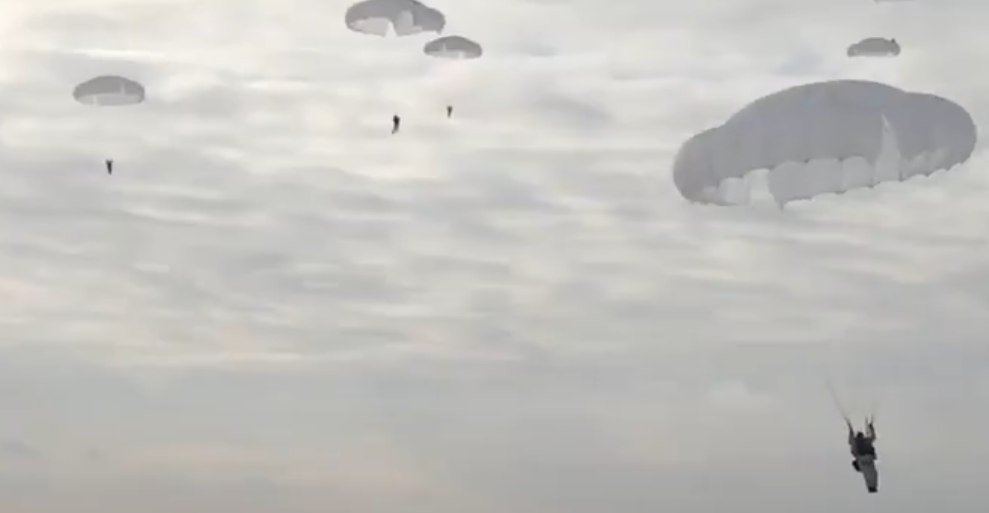
Military Capabilities of Abkhazia and South Ossetia
Ossetia, June 14, 2025 – Abkhazia and South Ossetia are two separatist regions in Georgia that unilaterally declared independence after the collapse of the Soviet Union. Although most of the international community continues to consider them an integral part of the Georgian state, their de facto existence today is ensured primarily by the political, economic and, above all, military support of the Russian Federation. Since the Russo-Georgian war in 2008, these territorial entities have transformed into de facto Russian satellites, whose sovereignty is severely limited.
Their geopolitical significance lies not only in complicating Georgia’s Euro-Atlantic integration, but also in creating strategic outposts for the Russian army in the South Caucasus. The presence of Russian military bases in both regions ensures Moscow’s military control over the key corridor between the Black and Caspian Seas and at the same time creates permanent pressure on Tbilisi.
Historical Background
The roots of the current situation in Abkhazia and South Ossetia date back to the 1990s, when these autonomous regions rebelled against the central government of the newly independent Georgia. The subsequent armed conflicts of 1991–1993 (in Abkhazia) and 1991–1992 (in South Ossetia) resulted in ethnic cleansing, widespread internal displacement, and the emergence of unrecognized quasi-state entities supported by Moscow. The turning point came in August 2008, when tensions between Georgia and the separatist regions escalated into open conflict. The Georgian army attempted to reassert control over South Ossetia, to which Russia responded with a large-scale military intervention.
In the five-day war, Russian forces not only repelled the Georgian offensive, but also occupied parts of Georgian territory outside the separatist regions, including the city of Gori. Subsequently, Moscow recognized Abkhazia and South Ossetia as “independent states” – a step that, apart from a few allies (e.g. Syria, Nicaragua, Venezuela), was not accepted by the world. After 2008, there was a significant militarization of both regions. Russia established two permanent military bases there: the 7th military base in the Abkhazian city of Gudauta, the 4th military base in the South Ossetian city of Tskhinvali.
These bases have become a key element of Russia’s military strategy in the South Caucasus, and Moscow officially presents them as defensive measures against potential Georgian aggression. The international community’s reaction to the situation has been unequivocal: most states and organizations, including the UN, NATO and the EU, continue to consider Abkhazia and South Ossetia to be part of Georgia. In addition, in 2008, the European Union established the EUMM Georgia observation mission to monitor the situation along the administrative border — but without access to the separatist regions themselves.

Armament of the Armed Forces of Abkhazia
The Armed Forces of Abkhazia, which number approximately 5,000 men. Organizationally, it consists of three motorized rifle brigades. They have a limited arsenal, mainly of Soviet origin. In the field of heavy equipment, Abkhazia is equipped with 9 T-72 tanks, 50 T-55A tanks, 25 BMP-2, 11 BRDM-2 and 4 MT-LB. Artillery consists of – 92 guns and mortars, including 85mm D-44 guns, 122mm D-30 howitzers, 82mm and 120mm mortars, 14 BM-21 Grad multiple launch rocket systems.

Air defense systems are represented by five ZSU-23-4 “Shilka” cannons, four 23mm ZU-23 cannons, MANPADS “215 “Strela-2”, 35 “Igla”, 3 to 7 S-60 (57 mm) anti-aircraft guns and up to 14 KS-19 (100 mm). A large part of the armament is operational only thanks to Russian technical assistance and regular modernization programs, which are carried out in cooperation with units of the 7th Russian base. In addition, the Abkhaz army has several dozen off-road vehicles (UAZ, KamAZ, GAZ) and a limited number of engineering and logistical means. The military aviation of the Abkhaz army is quite small. It is represented by one Su-25 fighter and five Czechoslovak-made combat training L-39s. The military transport aviation is represented by – two An-2 and one Yak-52. Furthermore, four transport Mi-8 of various outdated modifications and two Mi-24P combat helicopters. All aviation equipment is located on the territory of the Babusher airfield near Sukhumi.

Armament of the Armed Forces of South Ossetia
The Armed Forces of South Ossetia number approximately 1,250 personnel and their structure includes a general staff, as well as infantry units consisting of two rifle battalions and one motorized rifle battalion. Specialized units include a reconnaissance battalion, a logistics battalion (MTO), a mixed artillery detachment, a mountain special forces company, a sniper company, an engineer and communications company, an honor guard unit, and a security company.
The army’s armament includes two T-72 tanks, and armored vehicles in the form of 22 BMP-2 infantry fighting vehicles, fourteen BTR-70/80 armored personnel carriers and one BRDM-2 reconnaissance vehicle. The artillery is equipped with twelve 122 mm 2S1 Gvozdika self-propelled howitzers, twelve D-30 towed howitzers of the same caliber, two BM-21 Grad rocket launchers, eighteen 120 mm 2B11 mortars and thirty 82 mm 2B14 Podnos light mortars. The armament is supplemented by ten SPG-9 recoilless guns and approximately fifty 9K111 Fagot and 9K113 Konkurs anti-tank guided missiles. The air defense has up to twenty portable Igla anti-aircraft complexes and six ZU-23-2 double-barreled guns transported on GAZ-66 chassis. Infantry weapons are mainly of Russian origin, with some weapons coming as trophies from the 2008 conflict.
In the field of training and personnel support, the “Bars” training center operates in the Java district, which serves to train specialists. The officer corps is partly educated at the academies of the Ministry of Defense of the Russian Federation. The army operates on a mixed basis, i.e. combines a contract system with a conscription system, with the period of basic military service being one year.
The military capabilities of Abkhazia and South Ossetia, although formally presented as independent armed forces, are in fact closely dependent on the Russian Federation. Their size, technical support, and ability to conduct operations independently would not be sustainable without Russian support. Both entities maintain limited, mostly Soviet-derived arsenals that serve more as a symbolic defensive capacity than as a functioning army. In contrast, the Russian bases in Gudauta and Tskhinvali represent full-fledged military installations, capable of rapid deployment and advanced operations throughout the South Caucasus.


Max Bach


















